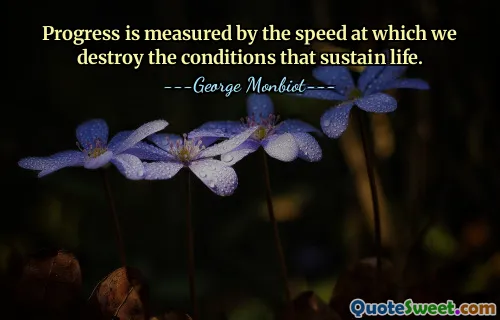There's a passage in John Steinbeck's "East of Eden" that does a pretty good job describing California's rainfall patterns:The water came in a 30-year cycle. There would be five to six wet and wonderful years when there might be 19 to 25 inches of rain, and the land would shout with grass. Then would come six or seven pretty good years of 12 to 16 inches of rain. And then the dry years would come ...
In "East of Eden," John Steinbeck eloquently illustrates the cyclical nature of California's rainfall. He describes a pattern that repeats every thirty years, starting with a period characterized by abundant rainfall, leading to a flourishing landscape filled with grass and vitality. This phase is marked by five to six years with notable precipitation, reaching up to 25 inches, creating a vibrant environment.
Following this lush period, Steinbeck notes a transition to six to seven years of relatively good rain, allowing for decent growth but not to the extent of the previous years. Eventually, the cycle culminates in a series of dry years, indicating how the climate can drastically shift from abundance to scarcity, showcasing the unpredictable nature of the region's weather patterns.


